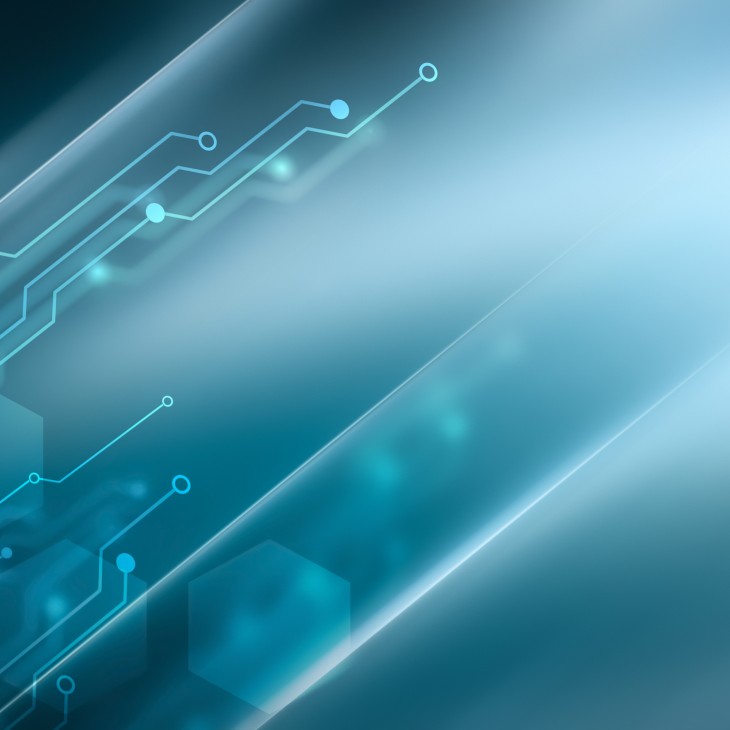My sincere thanks to the Polar Communications team based in Park River, N.D. who took the time to lay out the differences between these three terms in their recent newsletter. These terms get bantered around a great deal these days with all the focus on infrastructure. Riley, the friendly Polar Neighbor Tech Expert, laid it out so well and I greatly appreciate Polar being willing to share. Because any words I change here could change the meaning, I am simply passing along the entire piece below.
Broadband vs. WiFi… What’s the Difference?
WiFi, broadband, cyberspace, the World Wide Web… We hear these words tossed around every day, and while they are often used in reference to the same thing - the Internet - the technology they describe is actually pretty different.
Breaking Down Broadband
Let’s start with the basic definition of the Internet. To put it simply, the Internet is a massive global network of computers and machines that are constantly talking to each other. When these computers and machines communicate, we are able to look up information, chat with our friends, and even work and attend school remotely.
With that in mind, let’s talk about broadband. Broadband is your home Internet, which happens through a wired connection. So, if we think of the Internet as billions of little destinations, broadband is the tunnel we move through to reach them. In the past, broadband “tunnels” were constructed of copper wire, but nowadays, we use faster, more durable fiber-optic cable.
Information travels around the globe on millions of miles of fiber cable, eventually meeting a fiber cabinet on your street corner, which is connected via fibers straight to the modem in your home, which is connected to your router. You connect an Ethernet cable between your router and your computer and ta-da! You have a stable, high-speed Internet connection.
What’s Up with WiFi?
If broadband is a tunnel, then think of WiFi as an airplane carrying your information from the router to your device. Today’s smartphones, tablets and most laptops don’t have a port to connect to an Ethernet cable. Instead, they use radio signals to send and receive invisible data through the air between your device and your router.
When data reaches your router, it flows back down the wires to your front door and out to the fiber cabinet and then through the cables and across the vast Internet network.
They say that “knowledge is power”, and now that you know the difference between broadband and WiFi, you have the power to make better use of your Internet.
My thanks to Polar Communications from breaking down what is a very complex network and construct into a very easy way to understand the difference in technology and delivery.


